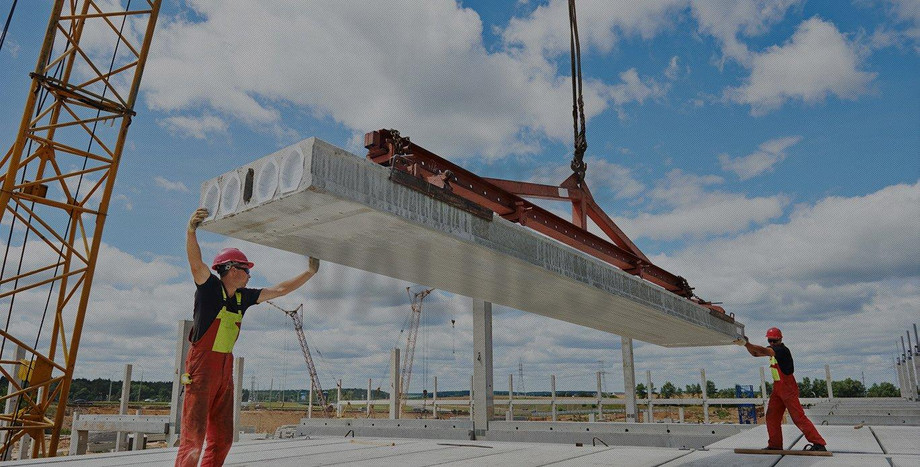Introduction
The construction industry has undergone significant changes in recent years, with the introduction of new technologies and materials. One such technology is precast concrete, which has become increasingly popular due to its numerous benefits over traditional on-site cast concrete. Precast concrete structures are known for their high strength, durability, and cost-effectiveness. Precast structural designers play a crucial role in ensuring that precast structures meet the required safety and performance standards.
Designing Precast Structures
The process of designing precast structures involves several stages. The first stage involves determining the structural requirements of the building or structure. Precast structural designers must consider factors such as the load-bearing capacity, seismic resistance, and wind resistance of the structure.
Once the structural requirements have been established, the next stage is to design the precast elements. This involves designing the individual precast components such as beams, columns, walls, and slabs. Precast structural designers must ensure that the design meets the required safety and performance standards. They must also consider factors such as the durability of the precast elements and their resistance to weathering and corrosion.
The next stage is to design the connections between the precast elements. The connections must be designed to withstand the loads that will be placed on them and must be easy to install. Precast structural designers must also consider the tolerances between the precast elements to ensure that they fit together correctly.
Finally, the precast structural designer must prepare detailed shop drawings for the precast elements. These drawings must include all the necessary details, such as the dimensions of the precast elements, the reinforcing steel, and the connections between the precast elements. The shop drawings are used by the precast manufacturer to fabricate the precast elements.
Challenges Faced by Precast Structural Designers
Designing precast structures presents several challenges for precast structural designers. One of the biggest challenges is ensuring that the precast elements fit together correctly. The tolerances between the precast elements must be carefully considered to ensure that the elements fit together without any gaps. If the tolerances are not correct, the precast elements may not fit together properly, which can compromise the structural integrity of the building.
Another challenge is designing the connections between the precast elements. The connections must be designed to withstand the loads that will be placed on them and must be easy to install. If the connections are not designed correctly, they may fail, which can compromise the structural integrity of the building.
Ensuring Quality Control
One of the most critical roles of precast structural designers is ensuring quality control. Quality control is essential to ensure that the precast elements meet the required safety and performance standards. Precast structural designers must work closely with the precast manufacturer to ensure that the precast elements are fabricated to the required standards.
The precast manufacturer must also have a quality control program in place to ensure that the precast elements meet the required standards. Precast structural designers must review the precast manufacturer's quality control program to ensure that it meets the required standards.
For More Info:-
structural precast services pune
Precast Structural Consultants





Comments